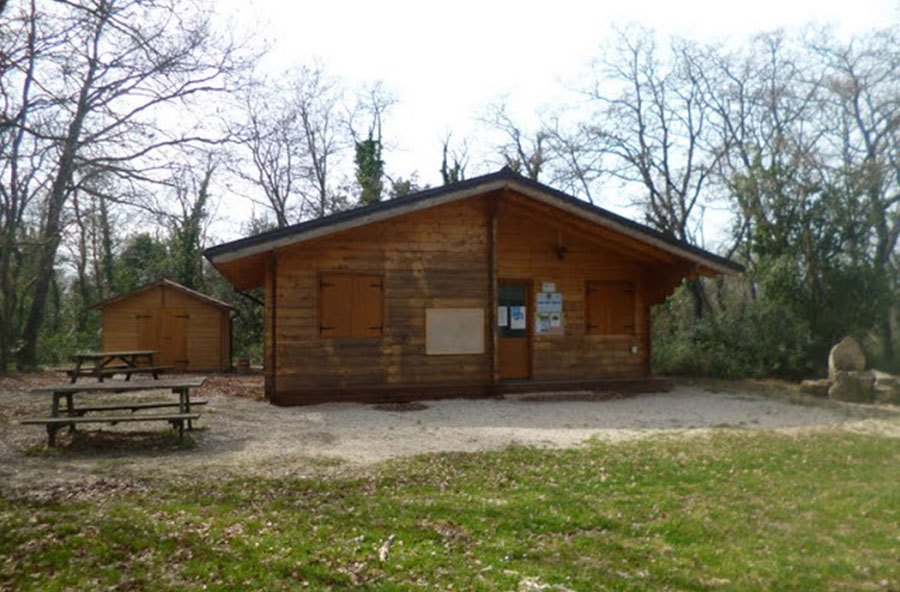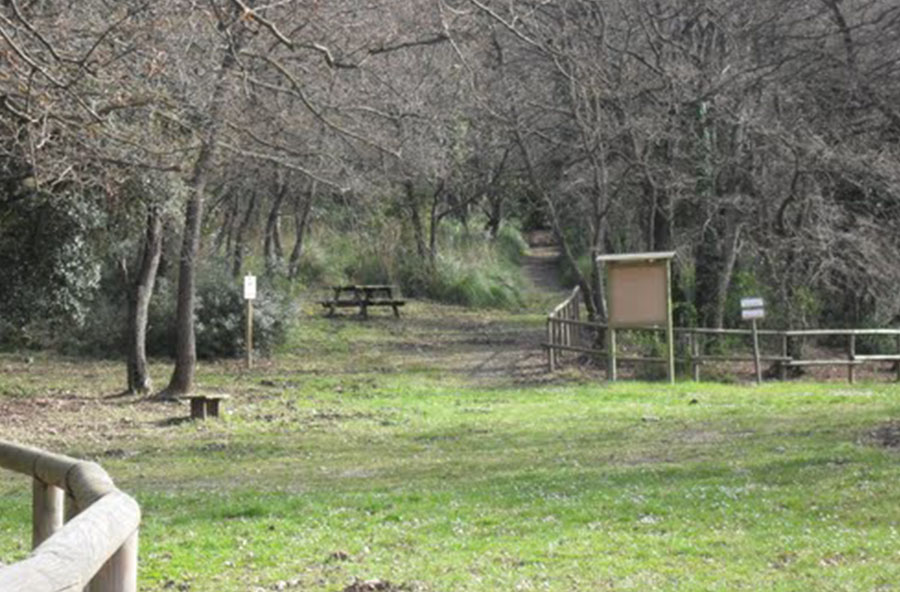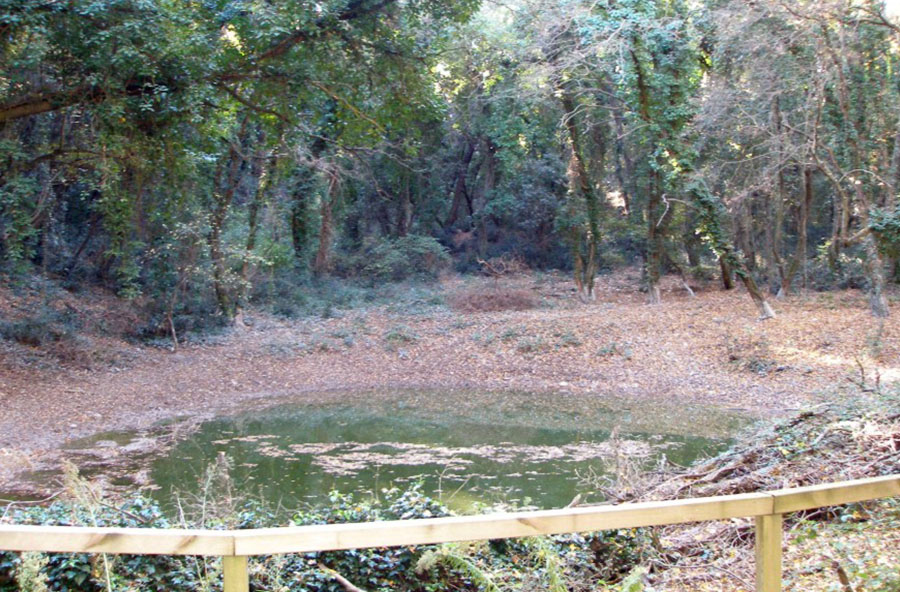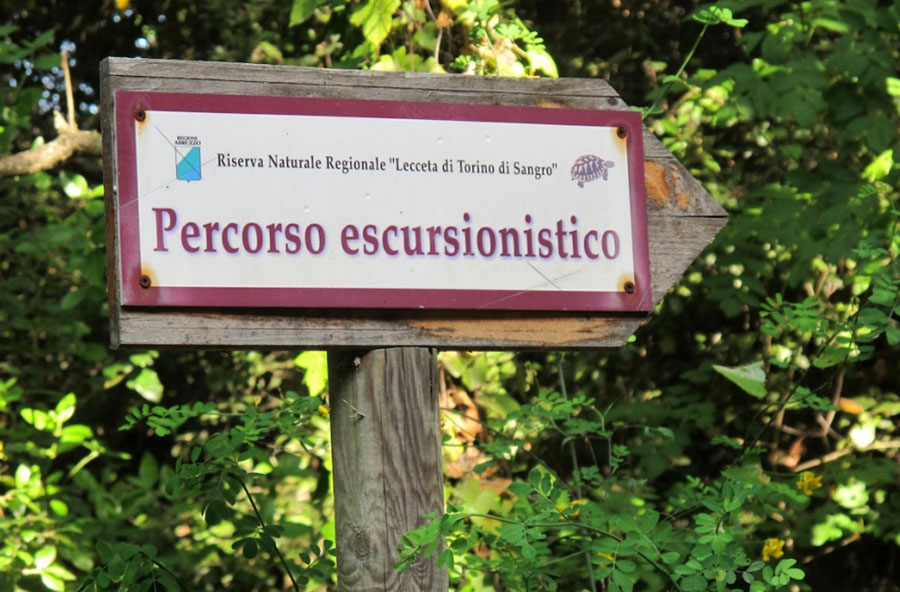The “Lecceta di Torino di Sangro” Regional Nature Reserve was established by Regional Law no. 67 of December 19, 2001, and spans 175 hectares. The area, which also includes the mouth of the Sangro River, is dominated by a mixed forest with lush Mediterranean scrub. Due to its significant vegetational interest, the forest was included in 1971 among the biotopes of considerable vegetational interest deserving protection by the Italian Botanical Society and was later protected under the Regional Flora Law no. 45/79. The forested area, which forms an angle between the last stretch of the Sangro River near the mouth and the Adriatic coast, extends over a much larger area than that of the reserve. It is one of the few coastal forests along the Adriatic, planted on Pliocene sandstones, extending from sea level to about 115 meters in altitude, forming an environmental unique zone with the vast riparian strips of the Sangro River.
The dominant tree species is the holm oak (Quercus ilex), accompanied by the pubescent oak (Quercus pubescens) and the manna ash (Fraxinus ornus). In the more mesophilic sectors with a northern exposure, the turkey oak (Quercus cerris) is present, along with a rich undergrowth dominated by dense mats of ivy (Hedera helix). The shrub layer is very rich in species, with a high density of individuals. Alongside the holm oak and pubescent oak, other species include the eastern hornbeam (Carpinus orientalis), the dogwood (Cornus sanguinea), the Saint John’s rose (Rosa sempervirens), the hawthorn (Crataegus monogyna), the privet (Ligustrum vulgare), and the butcher’s broom (Ruscus aculeatus). Notable species include the buckthorn (Rhamnus alaternus), licorice (Glycyrrhiza glabra), and mastic (Pistacia lentiscus). This forest is also of great importance for wildlife: in addition to the waterfowl that frequent the mouth of the Sangro River and the Adriatic coastline, many birds find refuge in the dense Mediterranean vegetation, both during the breeding period and during migration. The most interesting species are the sylvids, including the blackcap (Sylvia atricapilla), the sardinian warbler (Sylvia melanocephala), the western subalpine warbler (Sylvia cantillans), and the olivaceous warbler (Hippolais polyglotta), along with several common small birds such as tits (Parus sp. pl.) and the wren (Troglodytes troglodytes). Rare species, such as the red-throated pipit (Anthus cervinus), have been observed near the mouth during migration, while the exotic bee-eater (Merops apiaster) nests in the marginal areas of the forest.
Link: https://www.leccetaditorinodisangro.it




